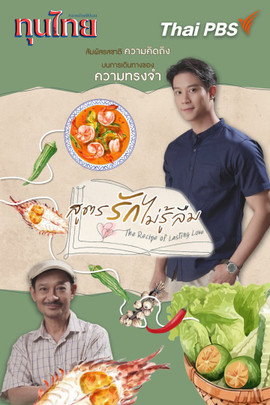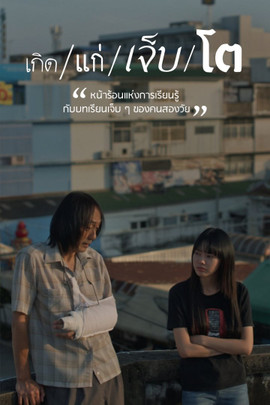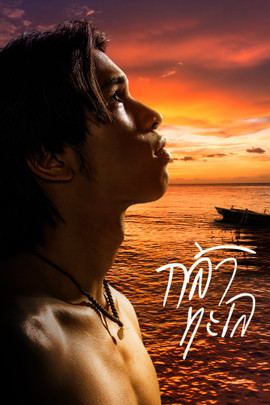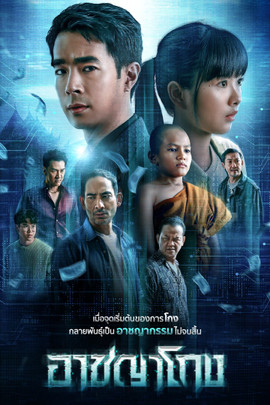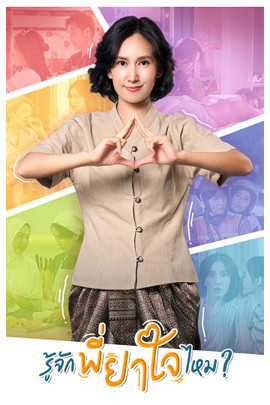
- พุทธเกาหลี วิถีเปลี่ยน ศรัทธาผันแปร
พุทธศาสนาในเกาหลีใต้เคยรุ่งเรืองสูงสุดในช่วงยุคทองของอาณาจักรโบราณชิลลา อันมีเมืองหลวงอยู่ที่เมืองคยองจูทางตะวันออกเฉียงใต้ของประเทศเกาหลีใต้ ปัจจุบันดินแดนนี้ยังเป็นภูมิภาคที่มีพุทธศาสนิกชนชาวเกาหลีมากที่สุด ศาสนาพุทธแบบเกาหลีนั้นมีความแตกต่างเฉพาะตัว เป็นพุทธนิกายมหายานเน้นการปฏิบัติจริง ไม่ว่าจะผ่านศิลปะการต่อสู้ การทำอาหาร การทำกิจกรรมกับชุมชน รวมไปถึง Temple Stay ที่เปิดให้ผู้คนภายนอกได้ลองเข้ามาเรียนรู้ความเป็นอยู่ของพุทธแบบเกาหลีท่ามกลางกระแสปัจจุบันที่ผู้คนไร้ศาสนาเพิ่มขึ้น
ปัจจุบันชาวเกาหลีใต้มีผู้นับถือศาสนาพุทธเพียงร้อยละ 17 คิดเป็นอันดับที่สามรองจากผู้ที่นับถือศาสนาคริสต์ และจำนวนผู้ไม่มีศาสนาที่ถือเป็นคนกลุ่มใหญ่ที่สุดคิดเป็นร้อยละ 61 ของประชากรชาวเกาหลีใต้ และมีแนวโน้มของผู้ที่ไม่มีศาสนากำลังเพิ่มจำนวนมากขึ้นเช่นเดียวกับกระแสของโลก เพราะศาสนาอาจไม่ตอบโจทย์กับรูปแบบชีวิตของยุคปัจจุบันอีกต่อไป นำมาซึ่งการหาคำตอบถึงพุทธในบริบทสังคมเกาหลีที่กำลังเดินทางมาถึงการเปลี่ยนแปลงอีกครั้งในการอยู่รอดของศรัทธา
- KOREAN BUDDHISM – CHANGING PRACTICE AND WAVERING FAITH
Korean Buddhism reached its peak during the golden age of the Silla Kingdom with Gyeongju, a city in the southeast of South Korea, as its capital. Nowadays, the region is still inhabited by the majority of the Buddhist population in South Korea. Korean Buddhism has its unique practice as Mahayana Buddhism that emphasizes practical methods, whether through martial arts, cooking, or doing activities with communities. There is also the Temple Stay Program that now allows “outsiders” to learn the Korean Buddhist way of life during the current societal trend of more people becoming “non-religious”.
Now, only 17 percent of the South Korean population are Buddhists, being the third after Christians and non-religious people who are the majority 61 percent. The non-religious group tends to grow along the global trend as religions no longer respond to the way of life “in our current era”. It has led to a challenge for Buddhism in the Korean context that is approaching the transformation period “to maintain its existence …and the survival of faith”.
ติดตามเรื่องราวได้ใน Spirit of Asia ตอน พุทธเกาหลี วิถีเปลี่ยน ศรัทธาผันแปร วันอาทิตย์ที่ 4 พฤษภาคม 2568 เวลา 16.30 - 17.00 น. ทางไทยพีบีเอส รับชมออนไลน์ทาง www.thaipbs.or.th/Live และสามารถเลือกรับชมด้วยเสียงภาคภาษาอังกฤษ คลิก Setting ไปที่ Audio Track เลือกเสียง ซาวด์แทร็ก
แท็กที่เกี่ยวข้อง:

- พุทธเกาหลี วิถีเปลี่ยน ศรัทธาผันแปร
พุทธศาสนาในเกาหลีใต้เคยรุ่งเรืองสูงสุดในช่วงยุคทองของอาณาจักรโบราณชิลลา อันมีเมืองหลวงอยู่ที่เมืองคยองจูทางตะวันออกเฉียงใต้ของประเทศเกาหลีใต้ ปัจจุบันดินแดนนี้ยังเป็นภูมิภาคที่มีพุทธศาสนิกชนชาวเกาหลีมากที่สุด ศาสนาพุทธแบบเกาหลีนั้นมีความแตกต่างเฉพาะตัว เป็นพุทธนิกายมหายานเน้นการปฏิบัติจริง ไม่ว่าจะผ่านศิลปะการต่อสู้ การทำอาหาร การทำกิจกรรมกับชุมชน รวมไปถึง Temple Stay ที่เปิดให้ผู้คนภายนอกได้ลองเข้ามาเรียนรู้ความเป็นอยู่ของพุทธแบบเกาหลีท่ามกลางกระแสปัจจุบันที่ผู้คนไร้ศาสนาเพิ่มขึ้น
ปัจจุบันชาวเกาหลีใต้มีผู้นับถือศาสนาพุทธเพียงร้อยละ 17 คิดเป็นอันดับที่สามรองจากผู้ที่นับถือศาสนาคริสต์ และจำนวนผู้ไม่มีศาสนาที่ถือเป็นคนกลุ่มใหญ่ที่สุดคิดเป็นร้อยละ 61 ของประชากรชาวเกาหลีใต้ และมีแนวโน้มของผู้ที่ไม่มีศาสนากำลังเพิ่มจำนวนมากขึ้นเช่นเดียวกับกระแสของโลก เพราะศาสนาอาจไม่ตอบโจทย์กับรูปแบบชีวิตของยุคปัจจุบันอีกต่อไป นำมาซึ่งการหาคำตอบถึงพุทธในบริบทสังคมเกาหลีที่กำลังเดินทางมาถึงการเปลี่ยนแปลงอีกครั้งในการอยู่รอดของศรัทธา
- KOREAN BUDDHISM – CHANGING PRACTICE AND WAVERING FAITH
Korean Buddhism reached its peak during the golden age of the Silla Kingdom with Gyeongju, a city in the southeast of South Korea, as its capital. Nowadays, the region is still inhabited by the majority of the Buddhist population in South Korea. Korean Buddhism has its unique practice as Mahayana Buddhism that emphasizes practical methods, whether through martial arts, cooking, or doing activities with communities. There is also the Temple Stay Program that now allows “outsiders” to learn the Korean Buddhist way of life during the current societal trend of more people becoming “non-religious”.
Now, only 17 percent of the South Korean population are Buddhists, being the third after Christians and non-religious people who are the majority 61 percent. The non-religious group tends to grow along the global trend as religions no longer respond to the way of life “in our current era”. It has led to a challenge for Buddhism in the Korean context that is approaching the transformation period “to maintain its existence …and the survival of faith”.
ติดตามเรื่องราวได้ใน Spirit of Asia ตอน พุทธเกาหลี วิถีเปลี่ยน ศรัทธาผันแปร วันอาทิตย์ที่ 4 พฤษภาคม 2568 เวลา 16.30 - 17.00 น. ทางไทยพีบีเอส รับชมออนไลน์ทาง www.thaipbs.or.th/Live และสามารถเลือกรับชมด้วยเสียงภาคภาษาอังกฤษ คลิก Setting ไปที่ Audio Track เลือกเสียง ซาวด์แทร็ก
แท็กที่เกี่ยวข้อง:












